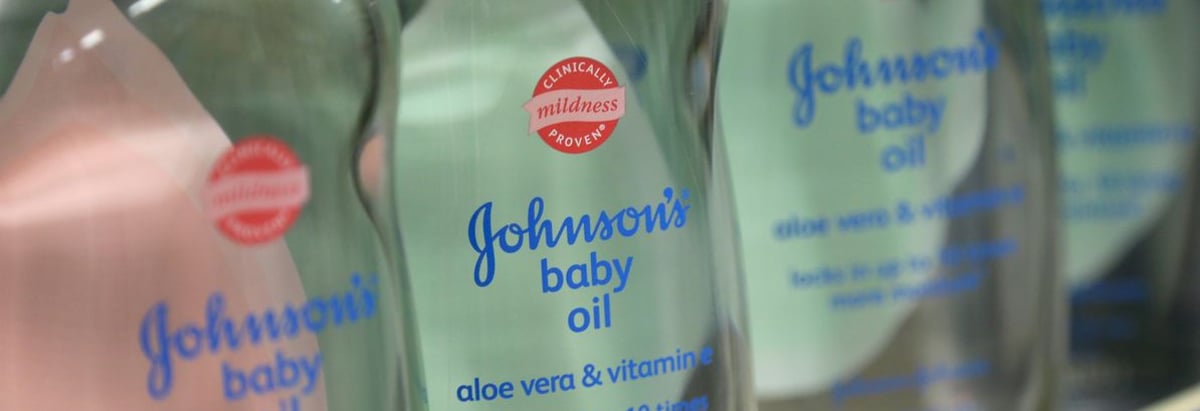
Johnson & Johnson (NYSE:JNJ) outperformed the pharmaceuticals industry on the basis of its ROE – producing a higher 21.57% relative to the peer average of 11.69% over the past 12 months. Though, the impressiveness of JNJ’s ROE is contingent on whether this industry-beating level can be sustained. A measure of sustainable returns is JNJ’s financial leverage. If JNJ borrows debt to invest in its business, its profits will be higher. But ROE does not capture any debt, so we only see high profits and low equity, which is great on the surface. But today let’s take a deeper dive below this surface. View our latest analysis for Johnson & Johnson
Breaking down Return on Equity
Return on Equity (ROE) is a measure of Johnson & Johnson’s profit relative to its shareholders’ equity. It essentially shows how much the company can generate in earnings given the amount of equity it has raised. If investors diversify their portfolio by industry, they may want to maximise their return in the Pharmaceuticals sector by investing in the highest returning stock. However, this can be misleading as each firm has different costs of equity and debt levels i.e. the more debt Johnson & Johnson has, the higher ROE is pumped up in the short term, at the expense of long term interest payment burden.
Return on Equity = Net Profit ÷ Shareholders Equity
ROE is measured against cost of equity in order to determine the efficiency of Johnson & Johnson’s equity capital deployed. Its cost of equity is 8.49%. This means Johnson & Johnson returns enough to cover its own cost of equity, with a buffer of 13.08%. This sustainable practice implies that the company pays less for its capital than what it generates in return. ROE can be split up into three useful ratios: net profit margin, asset turnover, and financial leverage. This is called the Dupont Formula:
Dupont Formula
ROE = profit margin × asset turnover × financial leverage
ROE = (annual net profit ÷ sales) × (sales ÷ assets) × (assets ÷ shareholders’ equity)
ROE = annual net profit ÷ shareholders’ equity
Essentially, profit margin shows how much money the company makes after paying for all its expenses. Asset turnover shows how much revenue Johnson & Johnson can generate with its current asset base. Finally, financial leverage will be our main focus today. It shows how much of assets are funded by equity and can show how sustainable the company’s capital structure is. We can determine if Johnson & Johnson’s ROE is inflated by borrowing high levels of debt. Generally, a balanced capital structure means its returns will be sustainable over the long run. We can examine this by looking at Johnson & Johnson’s debt-to-equity ratio. The ratio currently stands at a sensible 47.82%, meaning Johnson & Johnson has not taken on excessive debt to drive its returns. The company is able to produce profit growth without a huge debt burden.
Next Steps:
While ROE is a relatively simple calculation, it can be broken down into different ratios, each telling a different story about the strengths and weaknesses of a company. Johnson & Johnson exhibits a strong ROE against its peers, as well as sufficient returns to cover its cost of equity. Its high ROE is not likely to be driven by high debt. Therefore, investors may have more confidence in the sustainability of this level of returns going forward. ROE is a helpful signal, but it is definitely not sufficient on its own to make an investment decision.
For Johnson & Johnson, there are three relevant factors you should further examine:
- 1. Financial Health: Does it have a healthy balance sheet? Take a look at our free balance sheet analysis with six simple checks on key factors like leverage and risk.
- 2. Valuation: What is Johnson & Johnson worth today? Is the stock undervalued, even when its growth outlook is factored into its intrinsic value? The intrinsic value infographic in our free research report helps visualize whether Johnson & Johnson is currently mispriced by the market.
- 3. Other High-Growth Alternatives : Are there other high-growth stocks you could be holding instead of Johnson & Johnson? Explore our interactive list of stocks with large growth potential to get an idea of what else is out there you may be missing!
New: Manage All Your Stock Portfolios in One Place
We've created the ultimate portfolio companion for stock investors, and it's free.
• Connect an unlimited number of Portfolios and see your total in one currency
• Be alerted to new Warning Signs or Risks via email or mobile
• Track the Fair Value of your stocks
Have feedback on this article? Concerned about the content? Get in touch with us directly. Alternatively, email editorial-team@simplywallst.com
Simply Wall St analyst Simply Wall St and Simply Wall St have no position in any of the companies mentioned. This article is general in nature. We provide commentary based on historical data and analyst forecasts only using an unbiased methodology and our articles are not intended to be financial advice. It does not constitute a recommendation to buy or sell any stock and does not take account of your objectives, or your financial situation. We aim to bring you long-term focused analysis driven by fundamental data. Note that our analysis may not factor in the latest price-sensitive company announcements or qualitative material.
About NYSE:JNJ
Johnson & Johnson
Researches, develops, manufactures, and sells various products in the healthcare field worldwide.
Undervalued established dividend payer.


